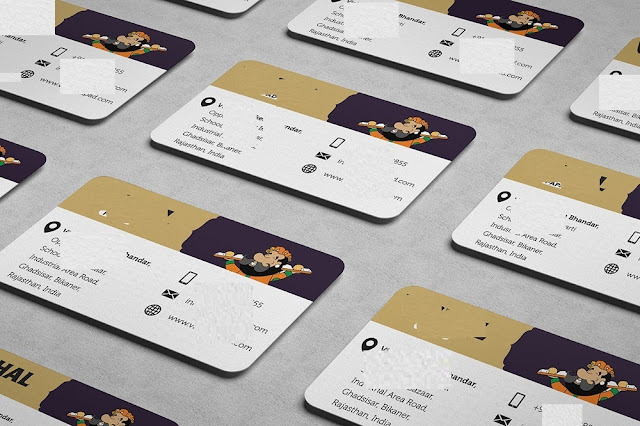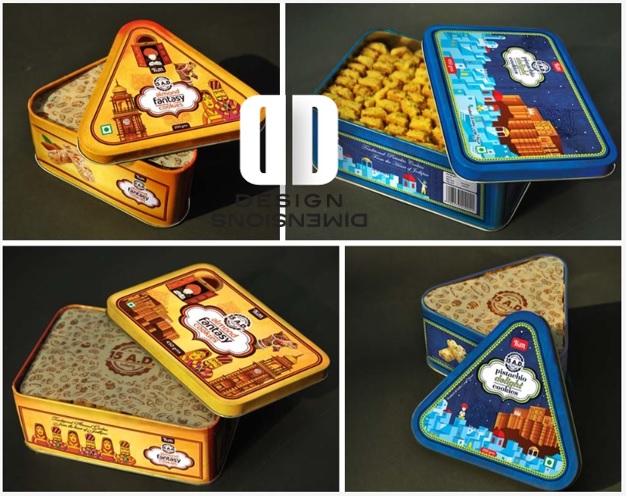How to Design an Effective Business Card
Your
company's business card is extremely important because it is a graphical
snapshot of what your business represents. A poorly considered business card
may portray you as second-rate, old-fashioned, out of touch or downright
slovenly. On the other hand a well-designed business card can depict your
company as professional, forward thinking and switched on.
If you
are new to designing business cards we would certainly suggest you consider
using a graphic designer. Their knowledge and experience should be invaluable
in taking your brief and turning it into an impressive design. However, if you
are on a limited budget you may wish to undertake the job yourself, so here are
a few pointers which should help.
Consider
your use of colour as a black and white card may have less impact. However,
going too far in the opposite direction could lead to people mistaking your
business for a circus.
A well
designed company logo will add gravitas to your business stationery. We suggest
you keep it simple but professional. For inspiration why not take a look at
what your competitors and multi-national companies are doing. They spend
millions of pounds on designing their brands and logos but don't be tempted to
follow their design too closely or you may get your hand smacked! Wedding Invitation Cards
Choose
on a good font that represents your business. For example, an antiques dealer
may prefer an old script style of font whereas an architect may be more suited
to an angular typeface. Whatever you choose, make sure it's legible and don't
mix too many fonts together as it will nearly always look amateurish.
The
size of your card should be within conventional guidelines, say 90 x 60mm or 85
x 55mm. If your card is too big it may make it too difficult to file away and
it will also adversely impact on cost.
Finally,
your printer may offer a number of material or printing technique options to
add that touch of uniqueness, such as embossing or thermography. These can be
extremely effective, but you must also be careful not to let your card rely too
heavily on a gimmicky technique which could quickly become played out and look
unprofessional. Branding and logo designing
Content
is king, so make sure you include all your salient company and contact details.
A good strap-line which embodies what your company offers is also useful to reinforce
your proposition. You'll probably be tempted to include a list of services but
avoid information overload which could make your business card seem cluttered.
Many Printers now offer the opportunity to print on the reverse of the card so
this would be a great place to show this information. Of course you'll want to
include your name but you may also wish to add your position within the company
and possibly your professional qualifications. Don't be afraid to play around
with the content and how it is justified on the page to see what looks best.
We've
tried to give you some guidance on creating a great looking and effective
business card. Don't be afraid to experiment but follow the above principles
and you'll soon have a business card that stands out from the rest.




Comments
Post a Comment